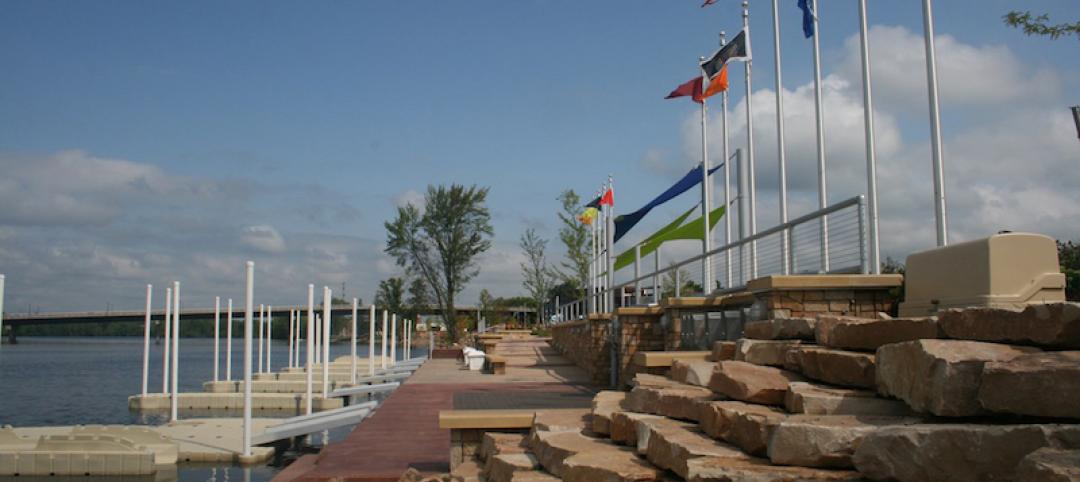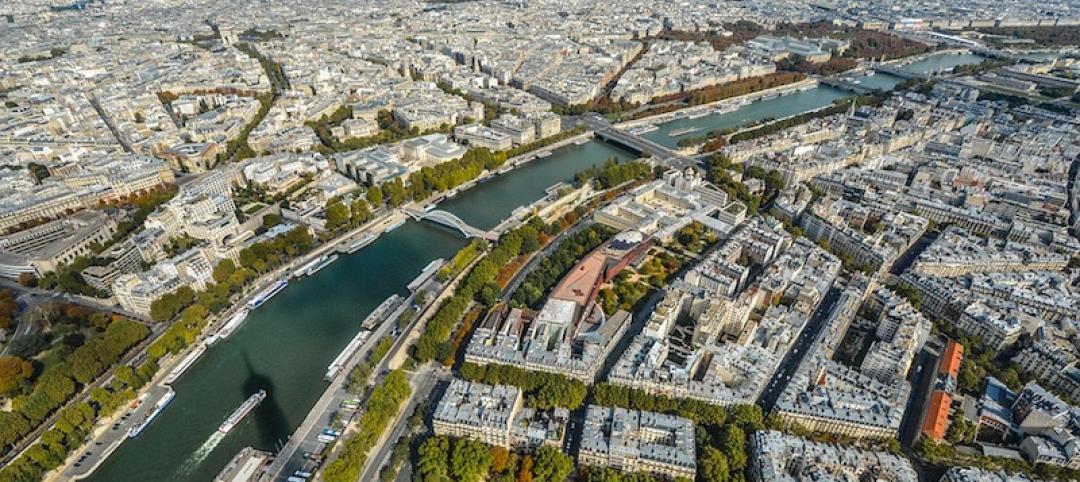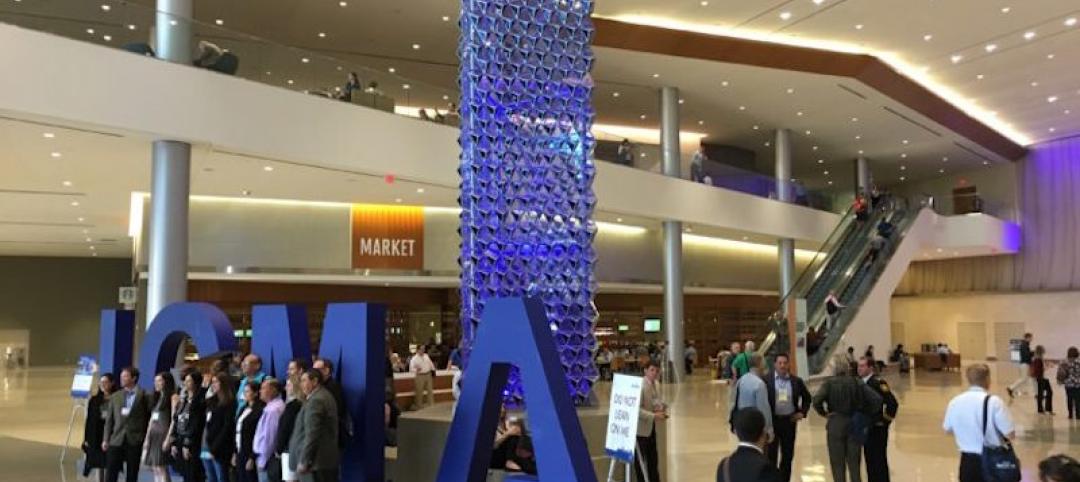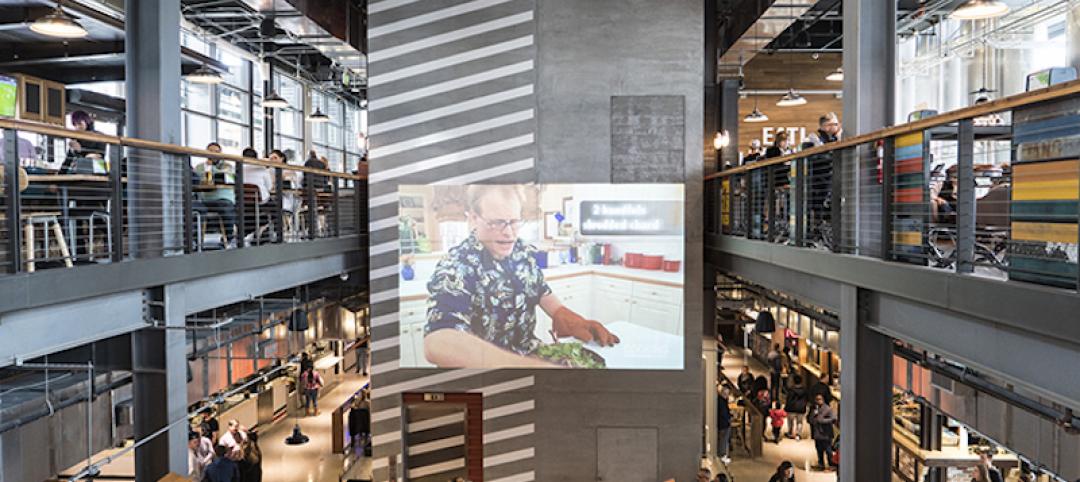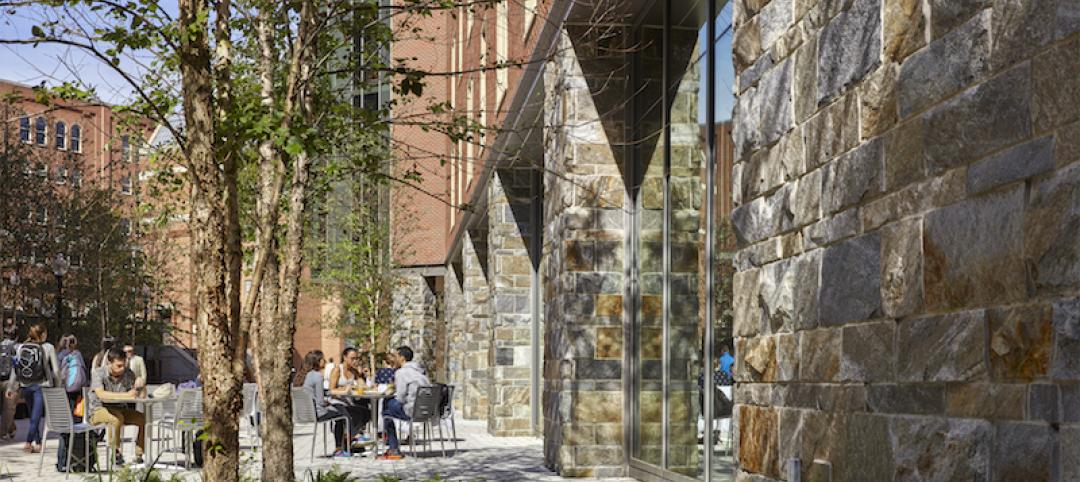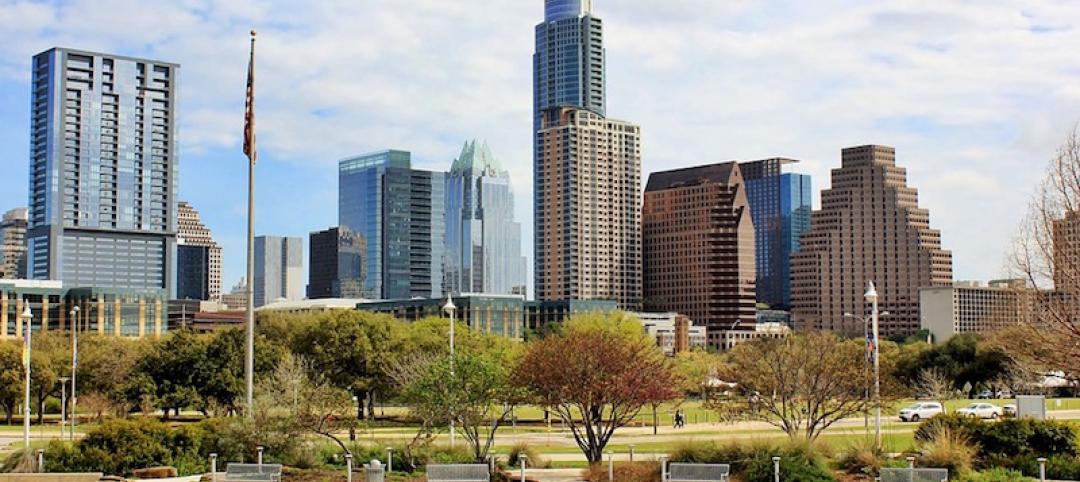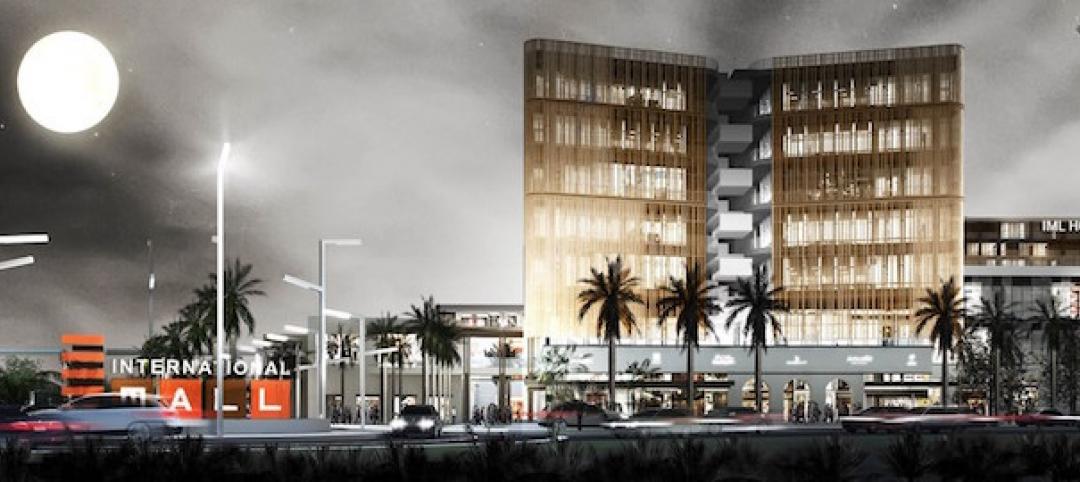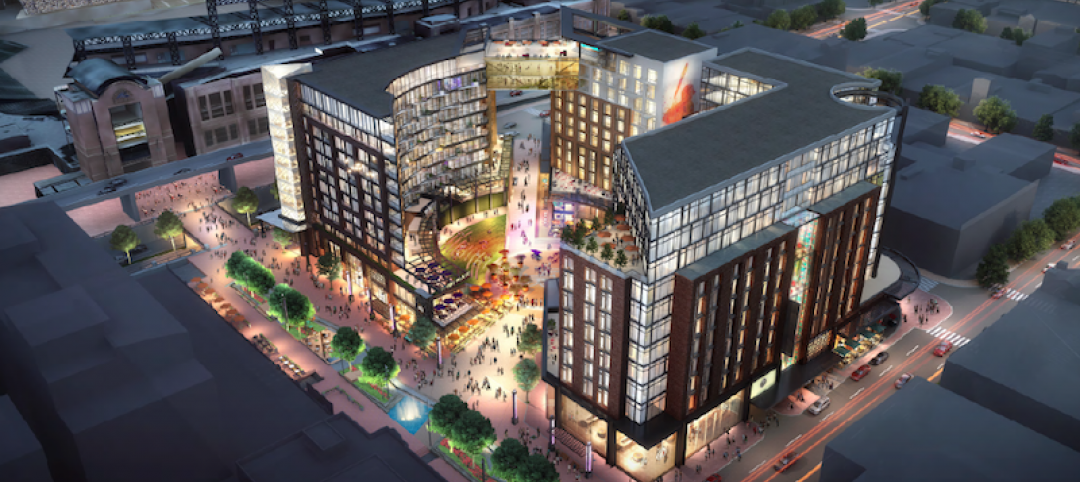In an op-ed in the June 19 Chicago Tribune, University of Notre Dame professor of architecture Philip Bess outlines a plan developed by graduate students Marie Acalin and Roger Foreman to locate the controvesial Obama Presidential Center to Chicago's Midway Plaisance, rather than the currently planned 20-acre site in Jackson Park.
The students' plan would provide new buildings for the University of Chicago, 4,200 apartments, and a new Ferris wheel overlooking Jackson Park. (The Ferris Wheel was introduced at the World's Columbian Expostion of 1893; the Midway Plaisance was a key design element of the fair.) Land-value taxation would be used "to stabilize property values and promote new building on vacant lots" in the adjacent Woodlawn neighborhood.
The Acalin/Foreman plan calls for preserving Lorado Taft's 1920 Fountain of Time and Peter Schaudt's 2005 Dr. Allison Davis Garden, while adding monuments to commemorate the Emancipation Proclamation and Rev. Martin Luther King, Jr.
"Chicago has a proud tradition of architectural modernism, but sometimes that tradition conspires with local development practices to get in the way of good placemaking, social solidarity, economic justice, and fiscal sustainability," writes Bess. "Consider for example Chicago’s Midway Plaisance and the controversies currently besetting the proposed Obama Presidential Center. Then consider how selected local traditions of classical humanist urbanism in tandem with some updated planning ideas could help Chicago resolve these controversies and simultaneously ennoble the Midway, the University of Chicago, the Obama Presidential Center, the adjacent Woodlawn neighborhood and ultimately Chicago itself."
Related Stories
Urban Planning | Feb 26, 2018
A new way to approach community involvement for brownfield projects
A new community engagement program works with young adults to help the future of the neighborhood and get others involved.
Urban Planning | Feb 23, 2018
Paris car ban along the river Seine deemed illegal
Mayor Anne Hidalgo has appealed the decision.
Urban Planning | Feb 21, 2018
Leading communities in the Second Machine Age
What exactly is the Second Machine Age? The name refers to a book by MIT researchers Erik Brynjolfsson and Andrew McAfee.
Urban Planning | Feb 14, 2018
6 urban design trends to watch in 2018
2017 saw the continuation of the evolution of expectations on the part of consumers, developers, office workers, and cities.
Urban Planning | Feb 12, 2018
Stormwater as an asset on urban campuses
While there is no single silver bullet to reverse the effects of climate change, designers can help to plan ahead for handling more water in our cities by working with private and public land-holders who promote more sustainable design and development.
Urban Planning | Jan 24, 2018
Vision Zero comes to Austin: An outside perspective
Aside from the roads being wider and the lack of infrastructure for bikes and pedestrians, there seemed to be some deeper unpredictability in the movement of people, vehicles, bikes, and buses.
Urban Planning | Jan 10, 2018
Keys to the city: Urban planning and our climate future
Corporate interests large and small are already focused on what the impact of climate change means to their business.
Urban Planning | Jan 2, 2018
The ethics of urbanization
While we focus on designing organized and supportive architecture, much of urbanization is created through informal settlements.
Urban Planning | Dec 5, 2017
A call for urban intensification
Rather than focus on urban “densification" perhaps we should consider urban “intensification.”
Urban Planning | Dec 4, 2017
Sports ‘districts’ are popping up all over America
In downtown Minneapolis, the city’s decision about where to build the new U.S. Bank Stadium coincided with an adjacent five-block redevelopment project.



